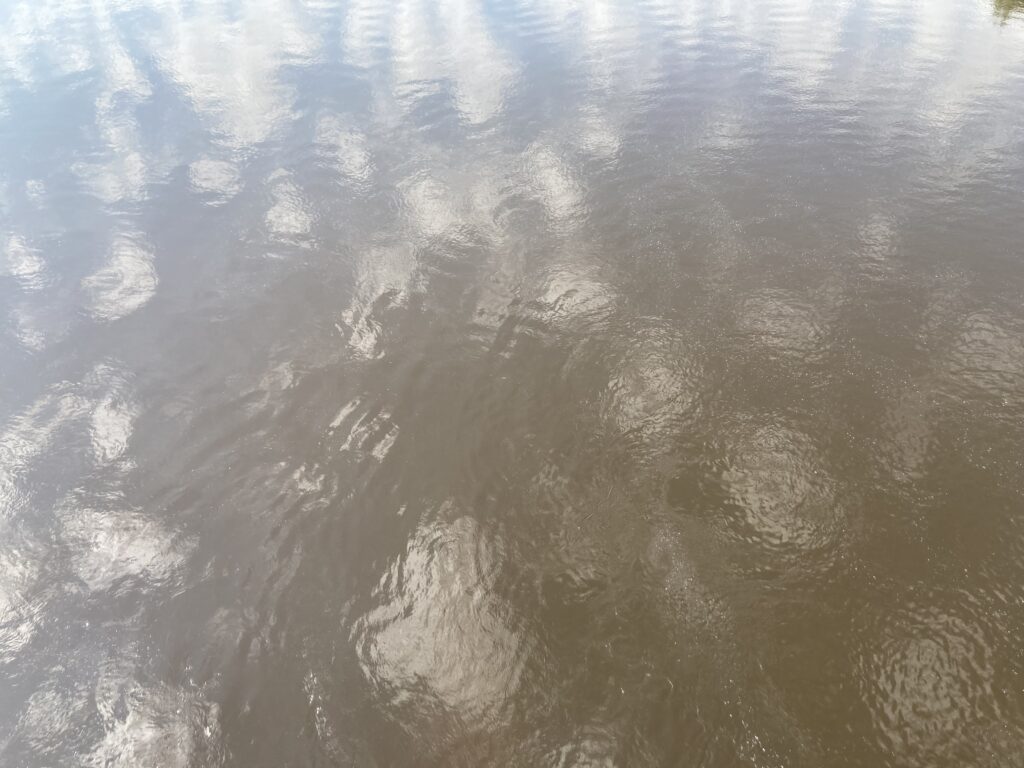shovel: 30 minutes
12 degrees / feels like 0
bright sun
The official word is that MSP (airport), which is only a couple of miles away, got 5.8 inches of snow. It wasn’t too hard to shovel; thankfully it got a lot colder yesterday and overnight. No longer heart attack snow. Under the powdery stuff, there was some crust, but it didn’t seem too slippery either. I would love to go out for a run by the gorge, but I don’t think that’s a good idea for my glute/hip/back. It’s tough to resist.
10 Things
- bright blue sky
- warm sun on my face
- fogged up sunglasses
- an unsettling creaking noise above me: some frozen branches on our big maple in the front which seems to be dying (evidence: big branches have already fallen this fall + several woodpeckers have been drumming on the wood)
- the whiny rumble of a snow blower in the distance
- a cold spray on my face when the wind blew some of the snow I’d just shoveled
- the recycling and trash can lids frozen shut
- rabbit prints along the side of the house, near the garage
- a sharp rumble nearby: another slow blower, closer and in the alley
- sprawled branches of the crab apple tree, weighed down with snow and ice
bike: 35 minutes
basement
Resisted the urge to go outside and run; biked in the basement instead. Almost finished the first episode of season 2 of Wednesday. Like in the first season, she attends a boarding school, Nevermore. Did I know that Edgar Allan Poe was the founder? Probably. Some outcasts are psychics or wolves, can control bugs or shoot electricity out of their fingertips. I can’t remember if there’s only one siren or more. This season has Steven Buscemi as the principal and a scar-faced crow. It was helpful to watch the episode with audio description on — such relief to actually see and understand and to not not know what is going on. Yes, that is a double negative, and yes, I meant to write it — the feeling of uncertainty is not knowing, so the relief is in not being in that state of not knowing: to not not know
walk: 20 minutes
neighborhood
13 degrees
Managed to convince Scott to go outside for a quick walk around the block. It was cold, especially walking into the wind, but I had hand warmers in my gloves, which helped a lot. Scott did not, so he was very cold, and didn’t want to walk for long.
What did I notice? One neighbor had put salt down on their sidewalk (boo). Most of the sidewalks were shoveled. The street 2 blocks over had lights strung up from one end of the street to the other. I never see these lit up, because I don’t walk this way at night. A friendly woman greeted us halfway down another block — hello! / hi!. She was giving treats to a cute dog. Anything else? I can’t remember.
Found a purple poem earlier this morning:
an excerpt from Language Lessons/ Judith Kiros
Translated from the Swedish by Kira Josefsson with Judith Kiros
is it only words. On and on. If you shook up the words. On a
particular shade of purple being extracted from spiraling shells.
If the repetition had less to do with the broken-apart sea, see my
skin and my arms rippling like a wave, on and on again, I’ve
dyed them navy. On receiving a gift in your childhood, a purple
doll with foaming skirts, beneath them nothing, between her
legs nothing, what a perfect wave of black nymph. On violet.
Or on lavender. On being lowered into an ocean of colors. On
your head being pushed beneath the surface, on and on again,
to the tune of seashells knotting their purple insides. Don’t give
yourself up for free; there is a point in talking back to the sea. On
a particular shade of vague purple. On the way a shadow struts,
violet, across the page.
a particular shade of purple: tyrian purple, made from snail shells
violet, lavender, being lowered into an ocean, pushed beneath the surface: this makes be think of Alice Oswald and Nobody and Odysseus and his purplish-blueish cloak
I like the idea of being lowered into an ocean of colors
shade of vague purple
My favorite: the way a shadow struts,/violet, across the page
I love the word strut, especially when it involves a shadow! Immediately, it reminds me of another favorite line from “My Invisible Horse and the Speed of Human Decency “/ Matthew Olzmann:
I’m not asking for much. A more tender world
with less hatred strutting the streets.
Also discovered this morning: Fragment Thirty-six / HD and the reading guide by Dan Beachy-Quick — I’d like to return to this some other day, when I have time.
one final note: I have posted a log entry, either running or biking, on this day every year that I’ve written in this log: 2017-2025. Tomorrow, I’d like to experiment with mashing up or combining or erasing or scrambling or cutting up the words in these entries to make a new piece of writing — most likely, a poem.
